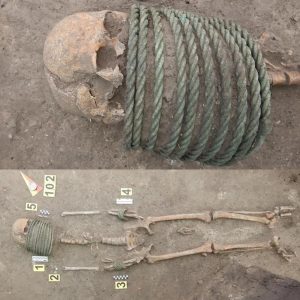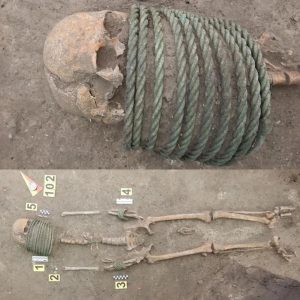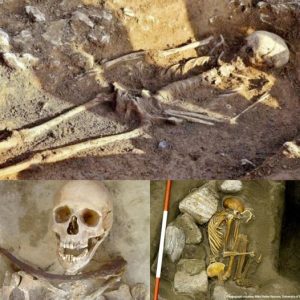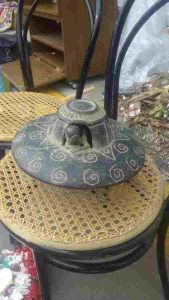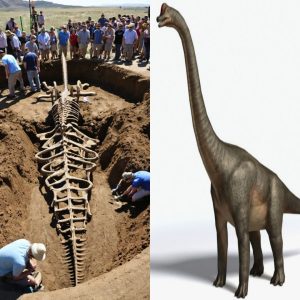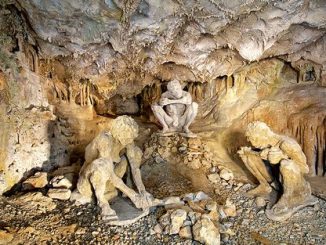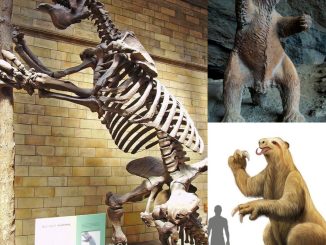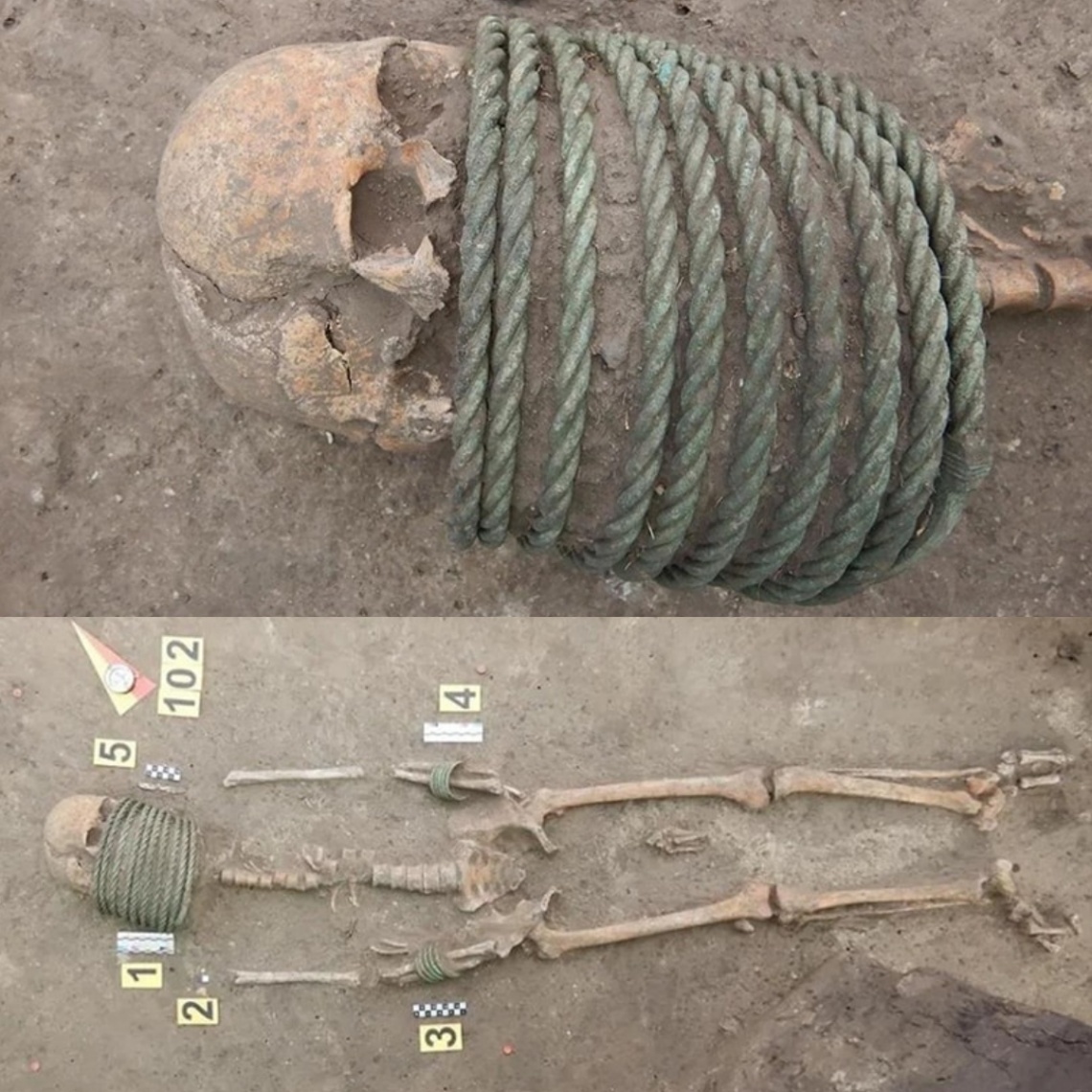
A 1,000-year-old cemetery with intriguing burial customs has been unearthed by archaeologists in Ukraine, revealing captivating insights into ancient funerary practices. Situated near the village of Ostriv, approximately 50 miles south of Kyiv, this remarkable discovery offers a glimpse into the lives and beliefs of the people who lived in the region centuries ago.
The Ostriv cemetery, comprising 107 graves, unveils a rich tapestry of burial traditions. Most of the graves contain wooden coffins, suggesting a reverence for the deceased and a desire to provide them with a proper resting place. Within these tombs, archaeologists have uncovered an array of artifacts and offerings, shedding light on the social customs and status symbols prevalent during the era.
Men interred in the cemetery were laid to rest with an assortment of weapons, including axes, spearheads, and swords. These grave goods are indicative of the martial prowess and societal roles assigned to males within the community. Each weapon serves as a testament to the individual’s identity and perhaps their standing within the social hierarchy.
Intriguingly, some of the female burials at Ostriv reveal unique adornments that offer clues to their status and significance within the community. A number of women were found wearing elaborate bronze neck rings, a distinctive feature that likely served as a symbol of prestige and social standing. These neck rings, intricately crafted and meticulously adorned, speak to the importance of gender roles and societal expectations in ancient Ukrainian culture.
Furthermore, certain female burials at the site have yielded another enigmatic discovery – buckets placed at the feet of the deceased. While the precise significance of these buckets remains uncertain, they offer tantalizing hints about burial rituals and beliefs surrounding the afterlife.
The Ostriv cemetery represents more than just a collection of ancient graves; it is a window into a bygone era, where rituals, beliefs, and social structures intertwined to shape the lives of the inhabitants. As archaeologists continue to explore and analyze the site, each discovery brings us closer to unraveling the mysteries of the past and understanding the complexities of human civilization.

